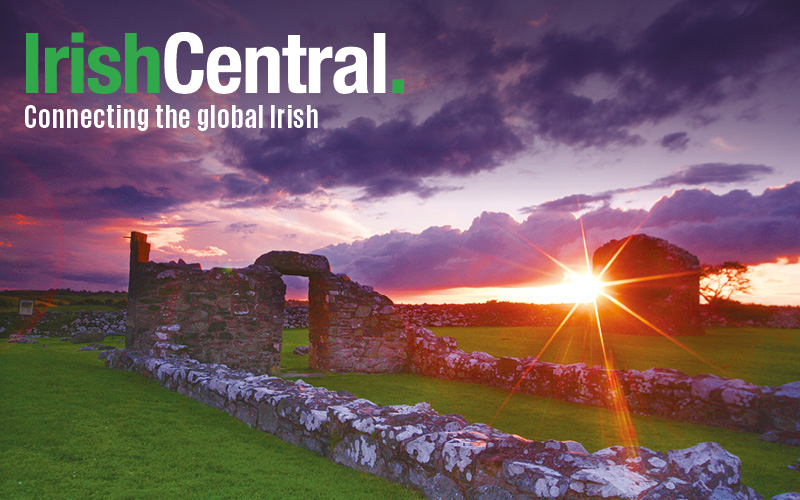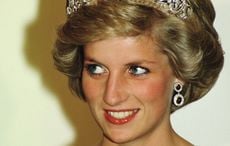As Sir Paul McCartney said, “The Casbah was where it all started”. Pete Best's Indian-born Irish mother, Mo, gave the "Fab Four" their big break, now the building is being turned into a boutique hotel.
True Beatles aficionados know that the Cavern Club, at 10 Matthews Street, in Liverpool is not quite the "real McCoy". Its claim to be the birthplace of the Fab Four is also rather dubious. The original Cavern Club, where the Fab Four phenomenon first exploded into the hearts and minds of the youth of Britain, the USA, and the world, was demolished under a compulsory purchase order from the then-state transport body British Rail. For a while, the premises opposite, 5-7 Matthews Street, bore the title, until 1984 when the existing version was rebuilt and expanded on the original site.
Pre-fab four
The original Cavern Club was arguably the home of the Merseybeat sound but certainly not the birthplace of The Beatles. That accolade belongs to a dingy, windowless coal cellar known as the Casbah Coffee Club, in the former home of the Best family, in the leafy suburbs of Haymans Green, in Liverpool.
Drummed out
The story behind the Casbah is a remarkable one and also one of a remarkable lady, Mona Best, who with a mixture of intuition, perseverance, and a big dollop of luck, became the first impresario of the most popular and influential group of musicians in modern times and, mother to the original Beatles drummer, Pete Best.
Pete would go down in music history as the unluckiest man in the business, signing a recording deal with the Beatles only to be sacked and replaced by Richard Starkey – Ringo.
Alice Mona ( Mo) Best was born in Delhi, in 1924, in colonial India to Irish parents, Thomas and Mary Shaw. Her father was a Major serving with the 11th Bengal Lancers. Mo arrived in Liverpool on the last troopship from India after the end of WWII, in 1945, greeted by a cold and bombed-out city with a husband, Johnnie Best, and two infant sons, Rory and Pete.
Mo had met Johnny, a native Liverpudlian, whilst serving with the Red Cross in Bombay and had arranged to move in with Johnny’s sister, in Ellerslie, Liverpool. The accommodation, though spacious, was far from what Mo had been used to, and with plans to relocate her parents from India, the family moved to the genteel suburbs of Knotty Ash.
Haymans Green was definitely a step up from Knotty Ash, originally a medieval manor. By the 19th century, the titans of Liverpool’s industry and commerce had moved into the area building large Italianate mansions with lush extravagant gardens. In 1954, No 8 Haymans Green was a rambling 15-bedroom Victorian mansion, and Mona wanted it.
Horse Cents!
She wanted it so much, that she did something incredibly risky. After receiving a hot horse-racing tip, she pawned all of her jewelry and put the proceeds on the inspirationally titled, Never Say Die, a rank outsider, ridden by the then-unknown Jockey Lester Piggot.
Incredibly, the horse romped in at the Epsom Derby at 33-1 and a delighted Mona, glued to the live BBC radio broadcast, would then take possession of her dream home.
In 1959, rock n’ roll was in its infancy, and Liverpool, with its port location and strong maritime connections, was already fermenting its own distinctive sound, channeling the many musical genres, especially American jazz, blues and folk influences into something uniquely Liverpudlian - Merseybeat.

Love Irish history? Share your favorite stories with other history buffs in the IrishCentral History Facebook group.
Mona, tuning in to the local zeitgeist and prevailing cultural explosion, decided that she would avail of the house’s huge cavernous cellar area and open up her own coffee/music bar, charging half a crown membership. Coffee bars serving espresso and cappuccino were fast becoming the "in places" to listen to recorded and live music, initially proliferating around London’s Soho with its then significant population of Italians.
Rock in the Casbah
On August 29, 1959, the Casbah coffee club opened its doors to 300 paying members who squeezed into the dark, dinghy, dank, low-ceilinged cellar and witnessed history, the first incarnation of the Beatles, The Quarrymen, consisting of John Lennon, Paul McCartney, George Harrison, and Ken Brown.
Significantly, they played without a drummer. John, Paul, and George would become part of the very fabric of the Casbah playing 37 times as the resident band and even in a more literal sense, by actually helping to decorate the ceilings with distinctive colors and designs which can still be seen today.
In August 1960, The Silver Beatles, including Stuart Sutcliffe, headed off to play in Hamburg with Pete Best as drummer. On their return to Liverpool in December 1960, a professionally seasoned band honed by hundreds of amphetamine-fuelled hours in Hamburg’s Reeperbahn would make their first appearance as The Beatles at the Casbah.
Mo, acting as de facto manager and promoter, would also convince the management of the Cavern to book the band which would bring them to the attention of Brian Epstein who, after witnessing their stage anarchy and charm, would launch the lads into the musical stratosphere and immortality.
Mona died in 1988 but her legacy is still going strong; her three sons Pete, Rory, and Roag are all active in running the Casbah as a tourist attraction and Pete, on occasion, takes to the stage.
Rock Up and Relax!
Roag, the son of Neil Aspinall, former Beatles road manager and Apple executive, is also the proprietor of the Magical Beatles Museum in Matthew St Liverpool, which features over 1000 Beatles items creatively exhibited over three floors.
Roag’s all-consuming Beatlemania is about to reach new heights. As a lifelong ambition to transform 8 Haymans Green into a Beatles-themed boutique hotel is well underway and scheduled for opening in early 2024. According to Roag, the Hotel will consist of five retro Beatle-inspired suites: The Best, The Harrison, The Lennon, The McCartney, and The Sutcliffe.
“The Casbah was where it all started” - Sir Paul McCartney.
This article was submitted to the IrishCentral contributors network by a member of the global Irish community. To become an IrishCentral contributor click here.




Comments